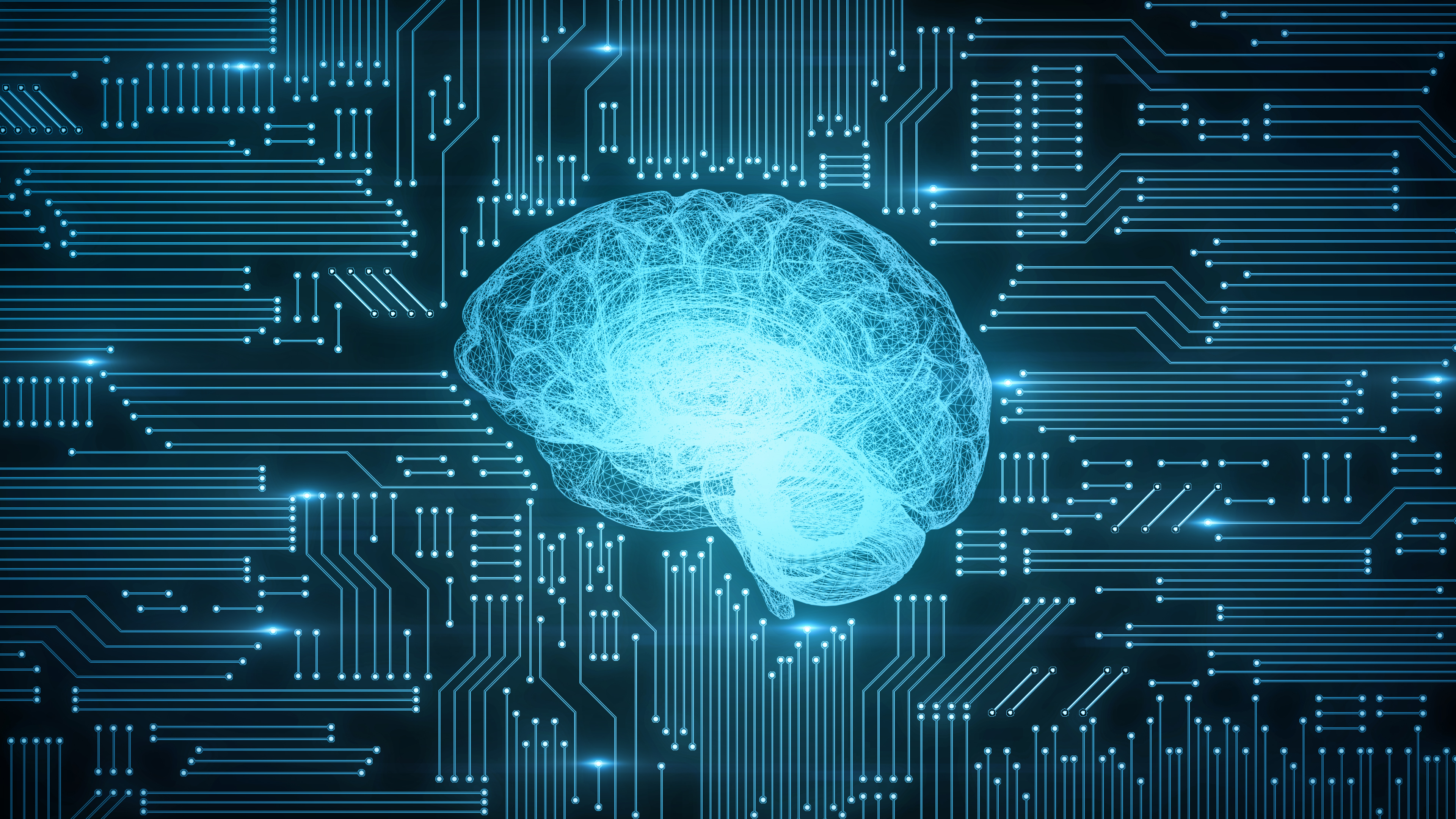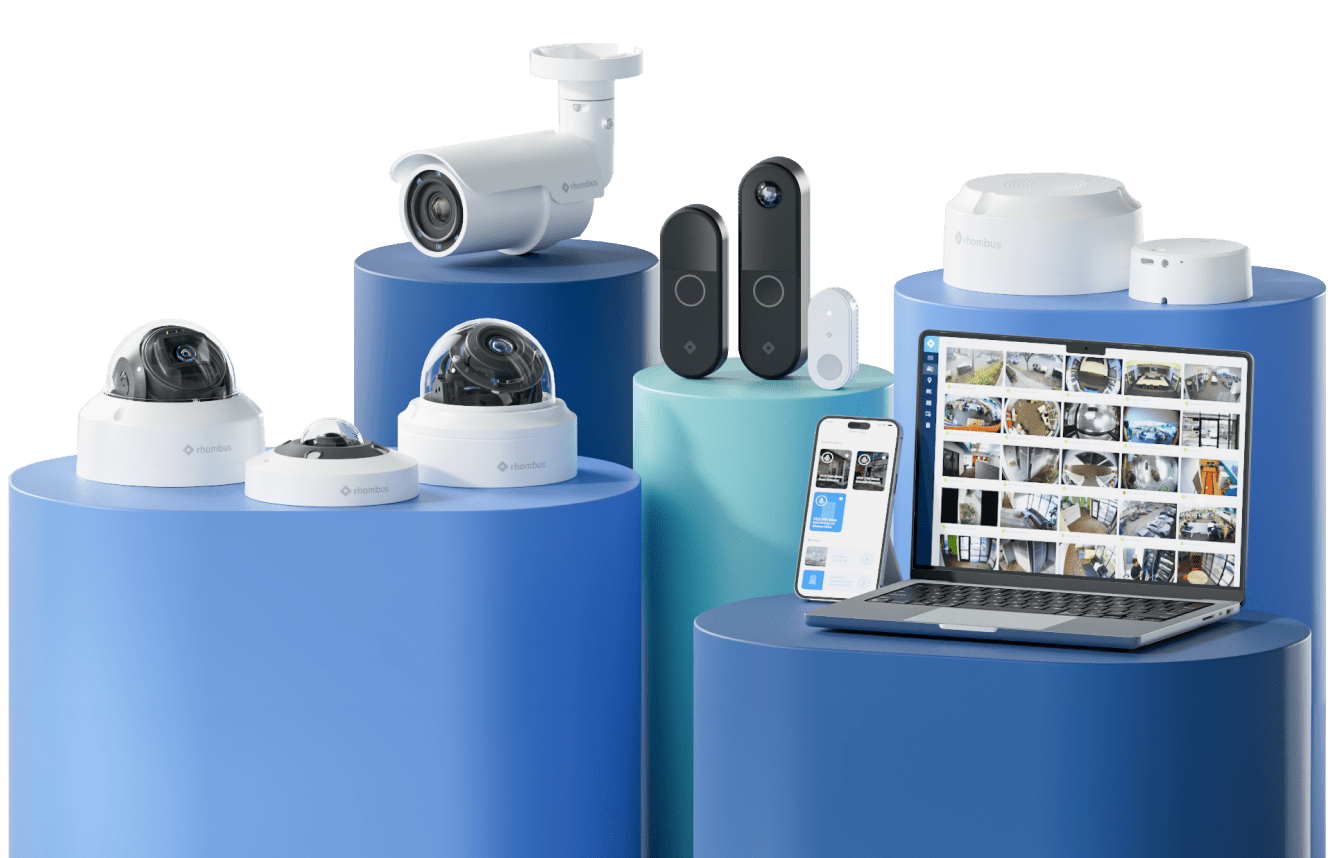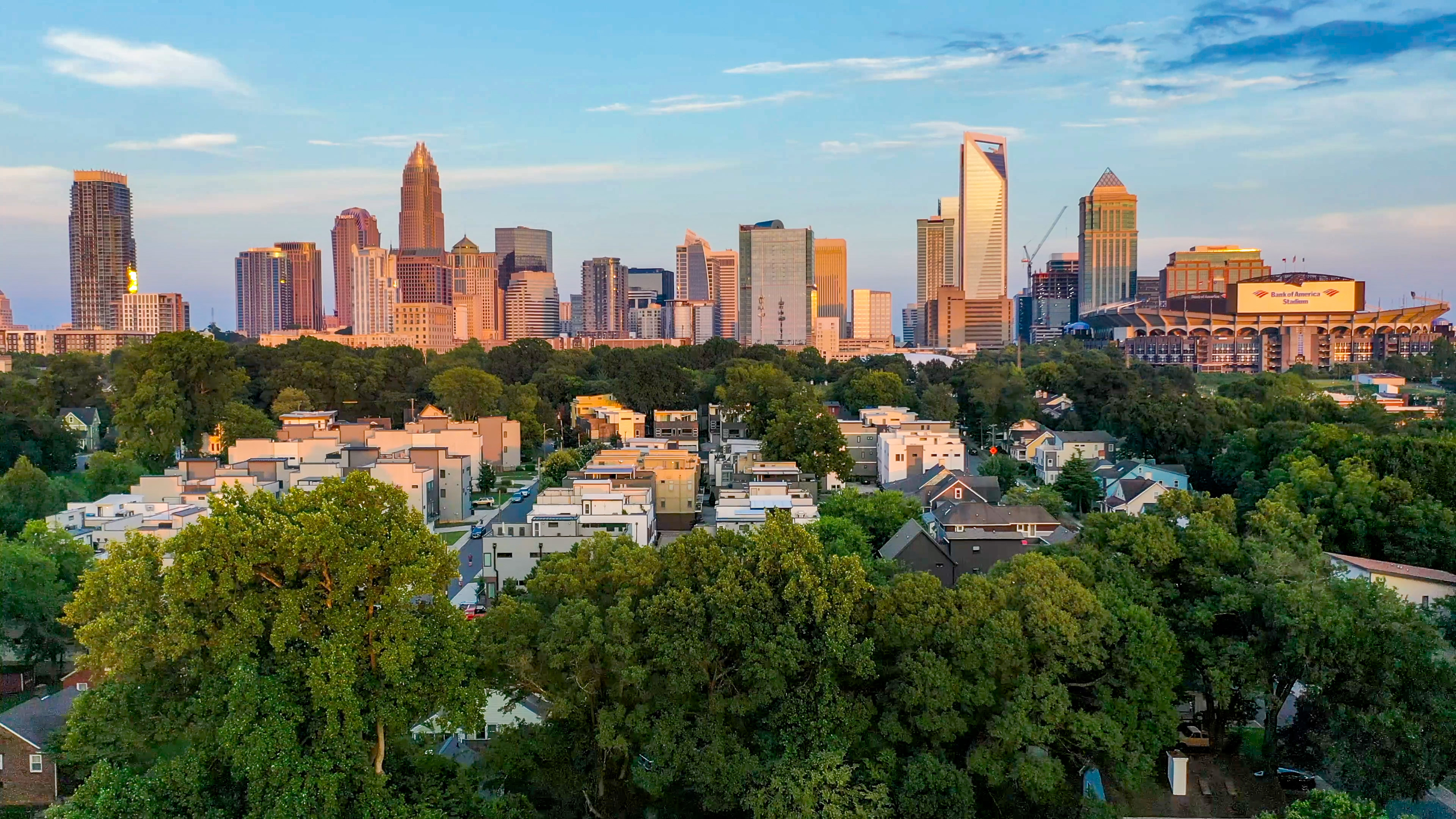
Bringing AI to the Edge with the New R2 Security Cameras
October 01, 2019

We continually work to push the envelope when it comes to state-of-the-art security systems, providing you with better coverage, more reliability, and peace of mind. As mentioned in our R2 announcement, we are moving the majority of our video analysis directly to the R2, providing you with all the benefits that edge computing offers.
We are excited to announce that the latest firmware for the R2 includes highly optimized neural networks for robust object detection. With that in mind, we would like to share the benefits of on-camera AI and why the R2 is the future of video security.
Edge Computing is the Future of Security AI
The first feedback we see with edge AI is the reduced upload bandwidth required to produce timely alerts. Without AI, cameras potentially have to upload a large amount of footage to servers (either on-premise or in the cloud) in order to analyze the scene and report any interesting activity.
Our approach for the R1 has been to minimize upload bandwidth by doing motion analysis on the camera, but in certain circumstances, this still results in uploading a lot of footage that is not interesting. With the R2, we are able to do full object detection and more on the camera so that we are not uploading hundreds of clips of a tree’s shadow. For advanced AI that requires additional cloud resources, we also achieve a low upload bandwidth by only uploading the objects of interest directly instead of full clips.
In a comparison between the R1 and R2, we have found that using edge AI reduced the upload bandwidth required by up to 10x depending on what AI analysis is being performed and the camera scene. Cameras that are alerting on basic object alerts, license plate recognition, or facial recognition see the greatest reduction in upload bandwidth. We understand that bandwidth can be a critical constraint when scaling from tens to hundreds of cameras, and we are continually improving our algorithms to reach a near zero bandwidth state.


We have already talked a lot about how our plug and play camera system can endlessly scale compared to traditional NVR/DVR systems, but scalability becomes more challenging and expensive when trying to support real time video analysis.
In order to support a sizable network of cameras, traditional systems require an expensive server stack (typically comprised of GPUs, TPUs, or other neural network accelerators) for AI processing, supporting less than 60 low-res cameras per hardware box. With on-camera AI, each camera is responsible for its own video analysis without flooding on-premise servers with terabytes of video. This allows an uncompromising solution with both high resolution video and unending scalability.
Edge AI also decreases the latency of alerts, allowing you to react quicker to situations unfolding in front of your cameras. Because the camera is processing video in real time, we can cut out the time required to upload clips and run AI in the cloud, resulting in alerts pushed 2-3x faster than previous solutions.
With the R1, we see that the majority of notifications for human or vehicle detections are sent within two minutes of occurring; but, with the R2 and on-camera AI, these notifications are typically sent within 30 seconds of the event. Facial recognition and UBD alerts take slightly longer but should be processed within one to two minutes of occurring with the R2. Additionally, on-camera AI removes the potential bottleneck of having to scale our servers to meet video processing demands, ensuring that you will always see the fastest alert latencies possible.
R2 Security Cameras Enable the Future of Security AI
Our new R2 cameras allow us to push AI further to the edge than ever before. With a quad-core Ambarella chip, the new R2s have vastly more processing power than the R1 allowing us to use cutting edge neural networks to identify people, faces, and vehicles in real time.
We are focused on moving all of our AI directly to the edge. In the future, we will push license plate recognition, face recognition, and the rest of our video analysis directly to our cameras to deliver the most benefit to you. We believe that every security system should employ current techniques to bring the most critical information to you, and edge AI is the next step for smart systems.
The state-of-the-art R2 camera enables more than just edge AI. Keep an eye out for upcoming announcements from Rhombus regarding how the R2 can unlock a whole suite of modern security features. Stay tuned!

Try Rhombus for Free!
See why school districts, cities, and Fortune 500 companies use Rhombus.
Start Trial

